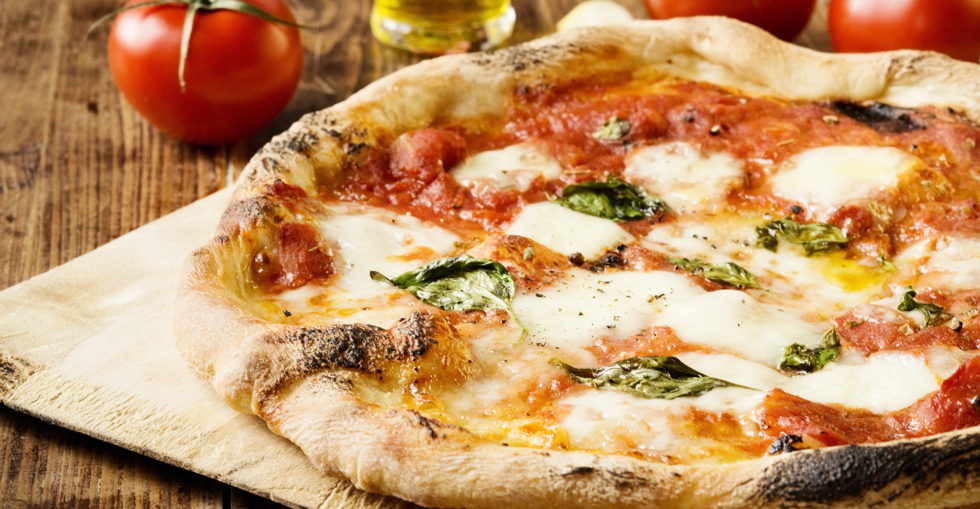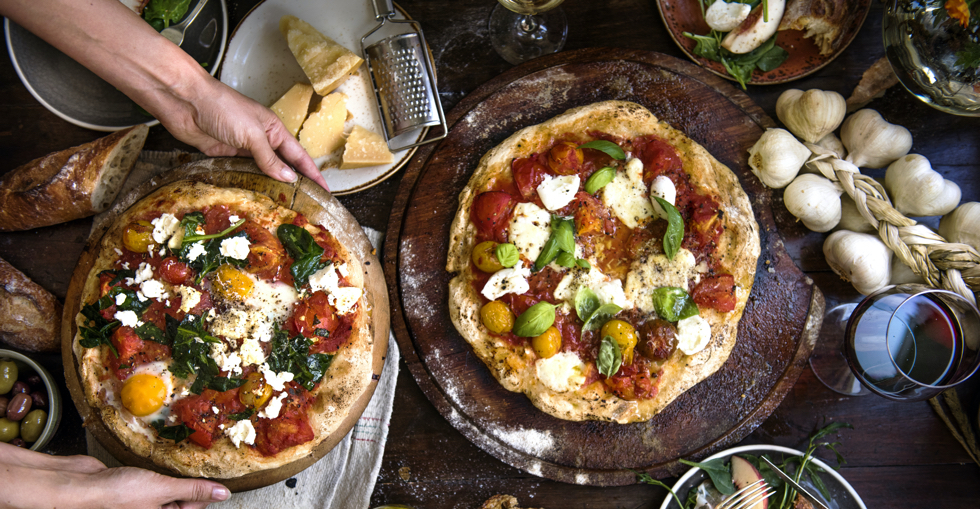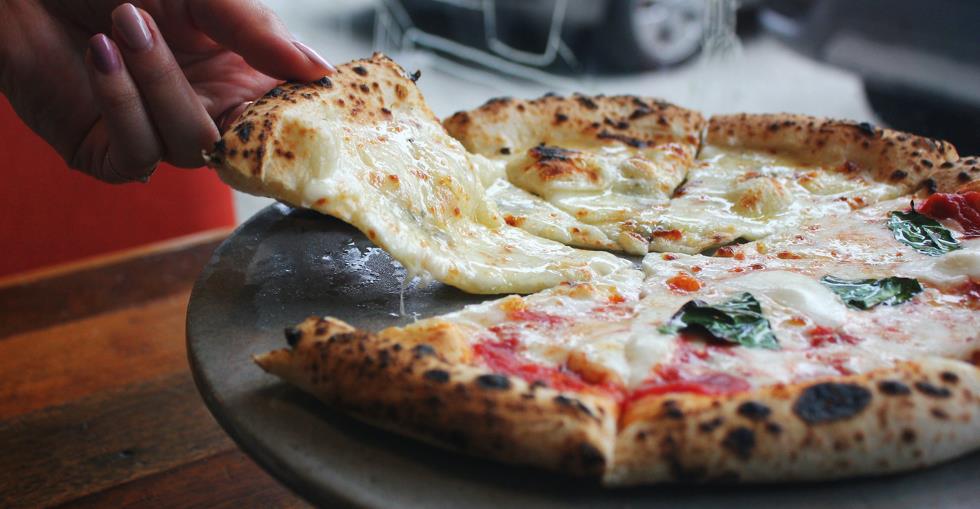The South African pizza restaurant sector is immature compared to more established markets in the US and Europe – offering an opportunity for restaurateurs who can overcome the considerable challenges of running an eatery.
In a fiercely competitive eating-out market, having the right skills, experience and business model are imperative.
Buying a pizza restaurant
Buying a successful, established pizza restaurant or delivery operator, or one with potential, can also boost your chances of success.
Restaurants are most likely to fail within the first few years of trading, so buy a proven operator with a decent location, trading history and reputation and you’re arguably in a stronger position than start-up restaurants.

However, you must still navigate the tricky buying process, and tackle the transition to new ownership smoothly enough so that regular customers don’t experience any drop in standards.
The right blend of skills
Your chances of success are also heightened by having the right skills and experience in place. And this involves more than just undertaking the relevant culinary or business training.
Running a restaurant is an all-consuming, exhausting job, and many restaurateurs struggle to find time to plan their marketing strategy, find operational efficiencies, and complete other tasks beyond cooking, preparing and serving pizza.
Whatever you lack in experience – whether in food service, marketing, finance or cost control – you can make up by having a business partner or staff with the requisite attributes to plug the gaps.
While it’s tempting to do everything yourself in this tight-margin business, it could be a false economy. Whether you hire someone full time, part-time or on a freelance basis, having additional resource to handle social media, marketing or the finances could actually boost profits in the long run.
Getting advice from other restaurant owners, both during the buying or start-up process and in your first few months on the job, is also invaluable. With the right skills and preparation, it won’t be long before you’ve mastered the day-to-day operation and you can start thinking about how to bring in more customers.
Pizza restaurant SWOT analysis
The more successful the business is when you take it over, the fewer changes you probably need to make. It’s worth compiling a list of the strengths that you want to build on, weaknesses to mitigate or eliminate, opportunities to exploit and threats to defend against.
Researching local competitors can clarify both opportunities and threats – for instance it might reveal a gap in the market for vegan options (a growing trend in the country) or a new store opening up nearby.
As for strengths, perhaps your pizzas are the best in the area but your marketing strategy is failing to exploit this fact. You could, for instance, start including a link to sites like TripAdvisor in your customer communications and inviting them to leave reviews.
A weakness, meanwhile, might be a lack of indoor space, which you could mitigate by adding more outdoor seating. Also research restaurant and pizza trends – for example via Google searches or reading trade press like Restaurant Business & Chef Magazine – as well as local demographics.
The pizza menu
But to state the fairly obvious, the easiest way to gauge the preferences of the local market is observing the popularity of various items on your menu. Restaurateurs sometimes make their menu bigger than they have the resources to cope with.
Fortunately, however, a pizza menu can be lengthened with a more modest increase to the operational burden by simply widening the choice of toppings on a limited number of base varieties.

It’s still important to have some alternatives to pizza, such as calzones or pasta, but don’t overburden the kitchen – if you’re a pizza restaurant then pizza should be your priority.
Also, think about how you can tackle the chains that dominate the market. While you will lack their economies of scale, independents can find an edge through distinctive menus, a convincing claim to authenticity, an emphasis on using local ingredients, and helping out with community events and charity initiatives.
Don’t discount the dangers
Offering discounts, whether via time-limited coupons or 10% discounts for students or senior citizens, is often necessary, especially when tough economic conditions are fuelling a price war in the sector.
However, as well as squeezing margins, discounting too heavily and too often, can erode your brand value and lead to customers avoiding your restaurant apart from when special offers are running.
You could make permanently lower prices feasible, however, by reviewing your suppliers – perhaps you can find cheaper, better alternatives.




